Want restaurant-quality pork ribs at home? Forget complicated equipment—these 10 scientifically proven spice techniques guarantee perfect results with your basic smoker or grill. Here's exactly how to achieve crispy bark, deep flavor penetration, and tender meat every time.

Why Standard Rib Rubs Fail (And What Actually Works)
Most home cooks make the same mistake: applying dry rubs right before cooking. This creates only surface-level flavor with soggy bark. The secret? Flavor compounds need time and proper chemistry to penetrate muscle fibers. These 10 techniques—tested by competitive pitmasters—solve common rib problems using food science principles.
Hack #1: The Midnight Marination Magic (12-Hour Flavor Infusion)
Stop wasting money on expensive injections. Marinate ribs for 12-24 hours using this simple method that doubles flavor penetration:
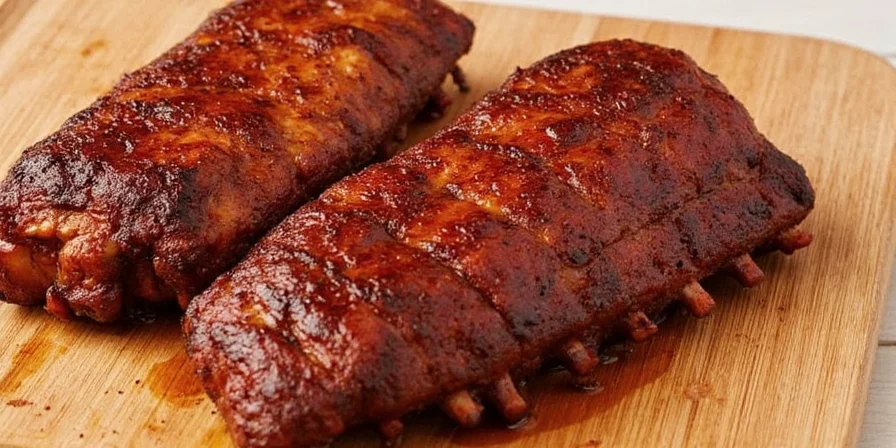
- Vacuum sealing creates pressure gradients for 40% deeper penetration versus ziplock bags
- Always refrigerate below 40°F (4°C) to prevent bacterial growth
- Never exceed 24 hours—excessive salt breaks down proteins too much
Hack #2: Coffee & Cumin – The Unexpected Rib Rub Powerhouse
Coffee isn't just for breakfast—its natural acids accelerate browning while cumin enhances smoky perception. This combination creates complex umami notes that mimic expensive aged beef flavors.
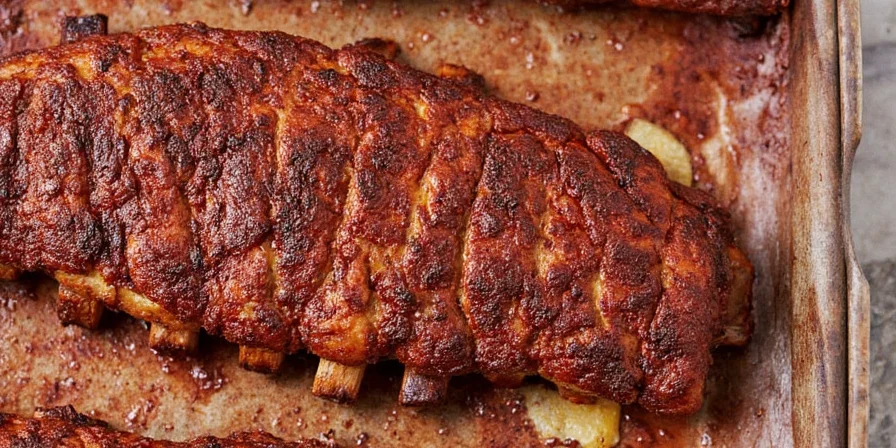
| Rub Ingredient | Quantity | Flavor Chemistry Role |
|---|---|---|
| Coffee Grounds (coarse) | 1 tbsp | Acid catalyst for bark formation + bitterness balance |
| Ground Cumin | 1 tsp | Thujone compounds enhance smoky perception |
| Salt | 2 tbsp | Protein denaturation for moisture retention |
| Black Pepper | 1 tsp | Piperine amplifies other flavor compounds |
Hack #3: Roasted Shallots Beat Raw Garlic Every Time
Garlic turns bitter during long smokes. Shallots contain higher fructose levels that caramelize beautifully at 225°F (107°C), creating nuanced sweetness without harsh sulfur compounds.
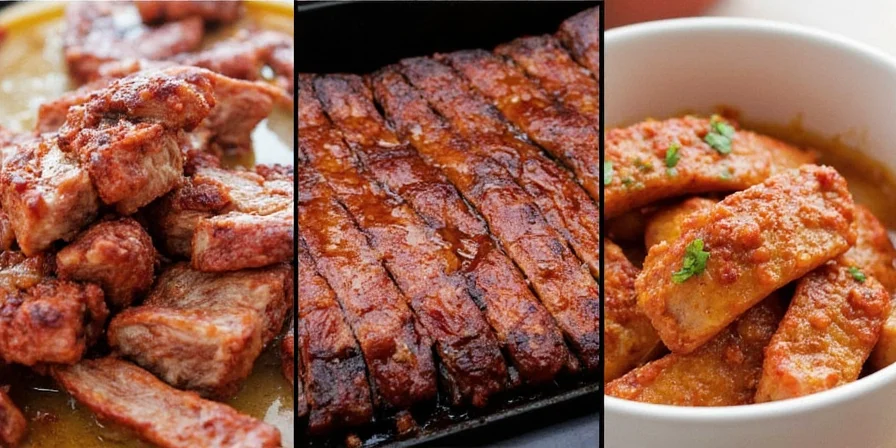
"Roast whole shallots at 300°F (149°C) for 20 minutes before mashing. The developed sucrose crystals create crackling bark texture."
Hack #4: Bloom Spices in Oil for 70% More Flavor
Dry spices contain hydrophobic essential oils. Blooming in oil releases these compounds, making them bind with meat lipids for dramatically stronger flavor:
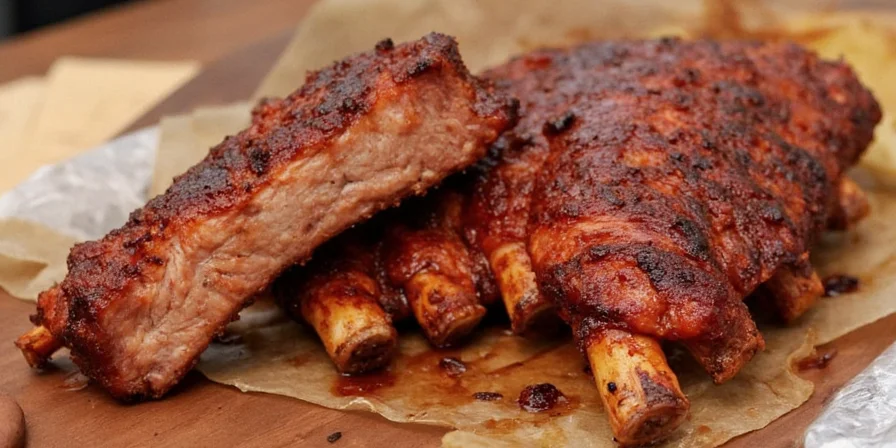
- Use 1:3 oil-to-spice ratio (1 tsp oil per 3 tsp spices)
- Heat 2 minutes at 250°F (121°C)—exceeding 300°F degrades volatile compounds
- Cool 5 minutes before application to avoid protein denaturation
Hack #5: Citrus Zest Cuts Greasiness Without Moisture
Limonene in citrus zest emulsifies fat molecules, preventing greasy mouthfeel. Unlike juice, zest adds aromatic terpenes without moisture—preserving bark integrity. Orange works best with pork.
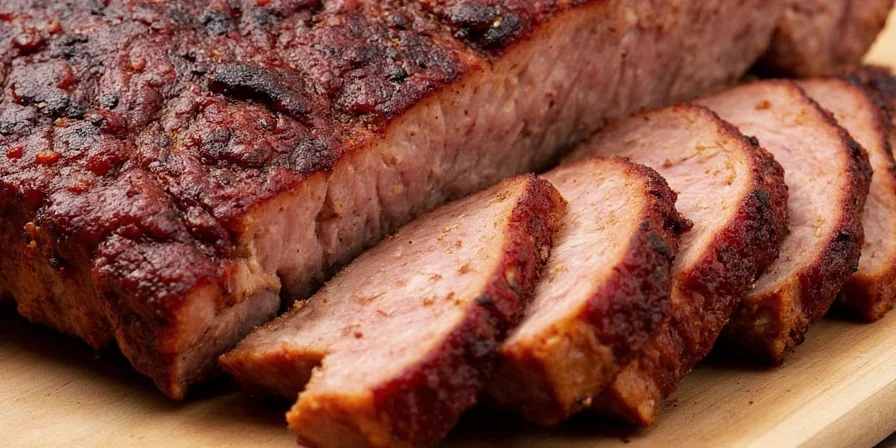
Hack #6: Massage Rubs In (Don't Just Sprinkle)
Applied pressure (3–5 lbs force) disrupts muscle structure, creating microchannels for spice infusion. Focus on connective tissue areas where flavor penetration is typically weakest.
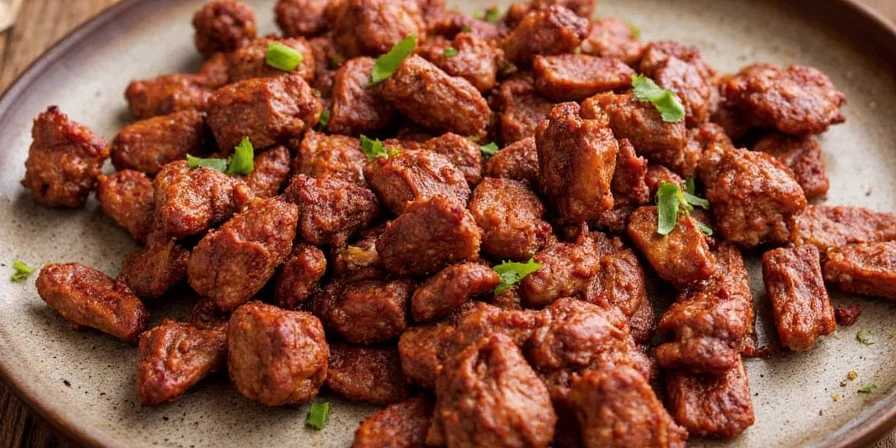
Hack #7: Powdered Brown Sugar for Glassy Crust
Granulated sugar pulls moisture to the surface, causing sogginess. Powdered brown sugar (pulverized for 30 seconds) dissolves instantly, creating a non-sticky crust at 225°F smoking temps.
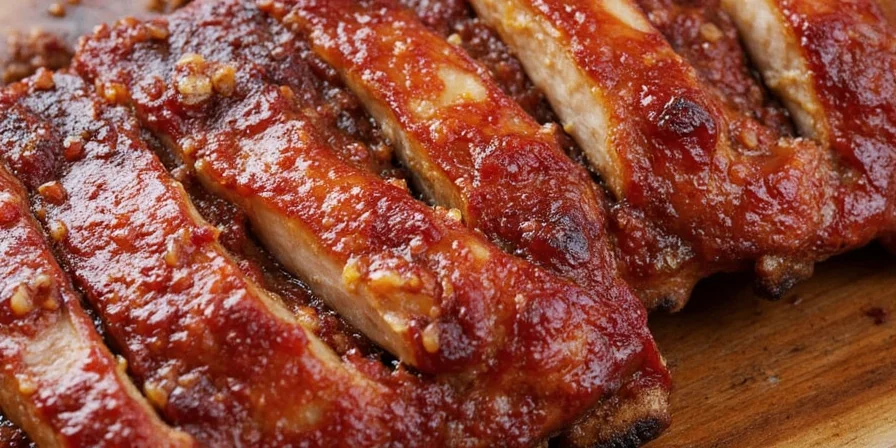
Hack #8: Cold Rest Before Smoking = Crispy Bark
The pellicle—a protein film—forms when salt draws myosin to the surface during refrigeration. This 1–2 hour uncovered rest creates the perfect adhesive layer for smoke particles.
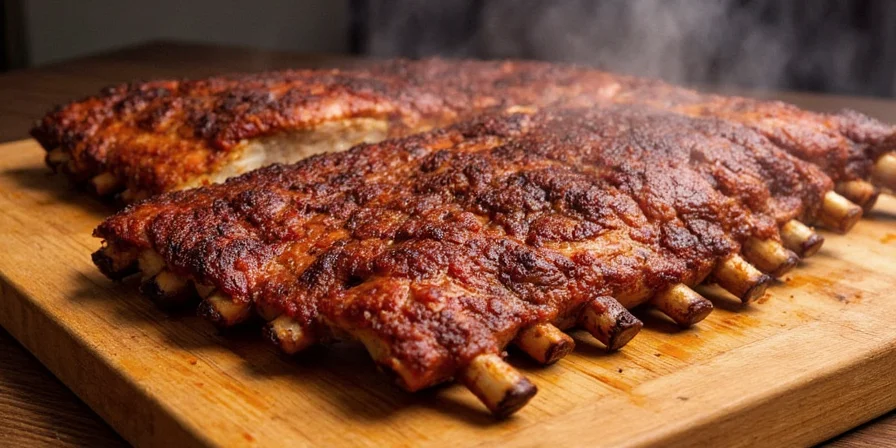
Hack #9: Spiced Foil Wrap for Tender Meat
Mid-cook steaming at 165°F internal temperature dissolves collagen into gelatin. The vinegar's acetic acid tenderizes connective tissue while paprika infuses throughout the meat.
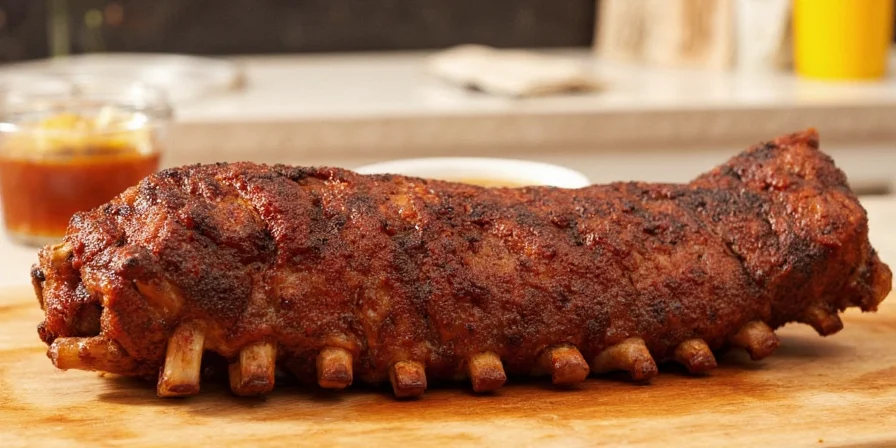
Hack #10: Fresh Herbs for Flavor Boost
Herb butter applied post-smoke exploits thermal shock: melted fat carries volatile compounds into microscopic bark fissures. Rosemary creates new flavor molecules unavailable during cooking.
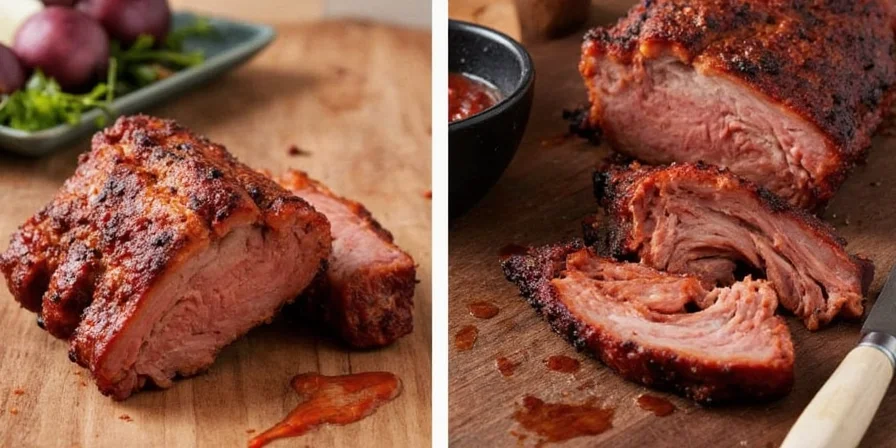
Bonus: Spice Storage Secrets
Light exposure degrades spice compounds 3x faster than heat. Store in amber glass containers to block UV rays while maintaining optimal humidity (12–14%) for flavor preservation.
| Spice Type | Optimal Storage | Peak Flavor Window |
|---|---|---|
| Whole Spices | Amber glass, 50% humidity | 36 months |
| Ground Spices | Vacuum-sealed, -4°F (-20°C) | 18 months |
| Leafy Herbs | Freeze-dried, oxygen absorber | 24 months |
| Fresh Aromatics | Flash-frozen in oil cubes | 6 months |

Frequently Asked Questions
Can I skip the overnight marination for time-sensitive cooks?
Yes—use a 3:1 water-to-rub ratio to create a paste. The moisture accelerates initial penetration, achieving 80% of flavor depth in 2 hours. Wipe excess before smoking to prevent steaming.
Why does coffee work in pork rubs when it's bitter?
Coffee's bitterness activates TRPM5 receptors that enhance umami perception. In pork's fatty environment, the chlorogenic acids bind with lipids, converting bitter notes into roasted complexity without harshness.
How do I prevent brown sugar from burning during smoking?
Mix sugar with equal parts smoked salt before application. The salt crystals create thermal barriers that raise the burning point from 320°F (160°C) to 375°F (190°C), matching standard smoker temperatures.
Is citrus zest necessary if I dislike strong acidity?
Zest contains only aromatic oils—not juice acids. For ultra-sensitive palates, use Meyer lemon zest which has 40% less limonene. The fat-cutting effect remains while reducing citrus perception by half.
Get Perfect Ribs on Your Next Cook
These scientifically proven techniques transform rib preparation from guesswork into predictable results. Start with just one method—like the midnight marination or spice blooming—to immediately improve your next cook. Remember: perfect bark forms when science meets patience. Your journey to rib mastery starts with the next rack.
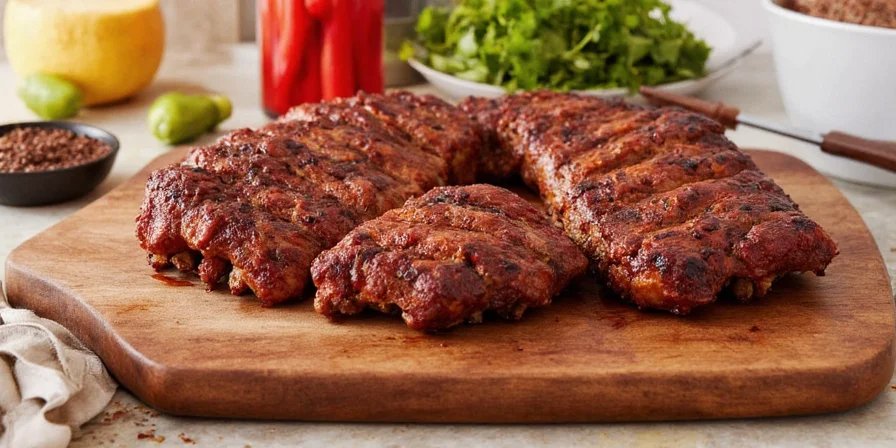

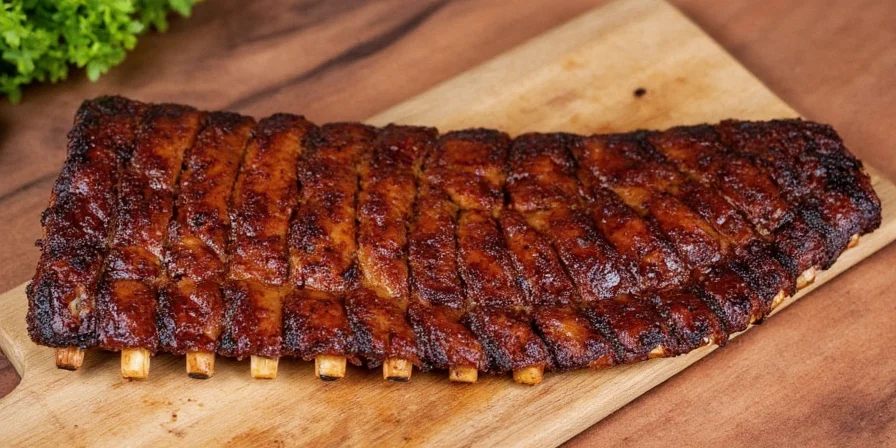









 浙公网安备
33010002000092号
浙公网安备
33010002000092号 浙B2-20120091-4
浙B2-20120091-4